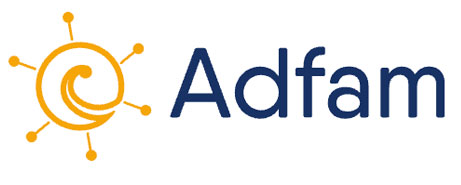Start counting.
The Government spends many millions tackling drug and alcohol abuse but when it comes to families, sadly they don’t seem to count.
We estimate that five million family members and friends are affected by someone else’s substance use. Their support is crucial to their loved one’s recovery, providing emotional, financial, and psychological aid, while potentially alleviating the public sector from the financial strains that coincide with alcohol and drug addiction.
In the most comprehensive survey of its kind, Adfam reached out to 154 authorities across England through a series of Freedom of Information (FOI) requests to gather data on their work supporting the families and carers of people with alcohol or drug problems.
With over 95% of areas responding we have, for the very first time, a nationwide picture of the support provided from substance misuse budgets to families who are struggling to cope with the effects of someone else’s substance use.
Regrettably this information is not collected centrally and those in control of local budgets are not required to gather or record the data. In contrast a huge amount of information is routinely collected, collated and published regarding people who seek help for their own drug or alcohol problems.
This data enables politicians, journalists, campaigners and academics to track how much is spent, what it’s spent on, and crucially, interrogate whether it represents good value for money.
The questions we asked local authorities were straightforward. How much of their substance misuse budget was used to support family members and carers, what percentage of their substance misuse budget did this account for, how much of the funding was used to provide staff dedicated to helping family members and carers, and how many family members and carers benefited from this support.
The answers, or rather the lack thereof (only 45 of the 154 areas who responded were able to adequately answer all 4 questions), points to a shocking indifference to the plight of families devastated by the effects of substance use.
Only 73 out of 154 areas could provide data for the money spent supporting families and carers from substance misuse budgets. If half the country isn’t tracking these costs, we cannot determine whether support is increasing, staying steady or plummeting.
This is not the case with other budget headings. Amounts spent on residential rehabilitation for instance, or needle exchanges and substitute prescribing are all routinely accounted for.
Among the Local Authorities that could provide figures on their spending, the funding for families and carers was often derisory. Some areas reported allocating nothing at all, while others told us it was only 0.1 or 0.2 % of their substance misuse budget. The highest figure, something of an outlier, was 7.5% but the average across England fell woefully short of this at just c1.58%.
This survey should act as a wake up call. How can anyone claim that families are valued in drug and alcohol treatment when half the country cannot provide data for how much money is being allocated to support them? With an average spend of less than 2% of substance misuse budgets across England, this sends a clear message that families are not being valued.
For the families and carers whose lives are turned upside down by someone else’s substance use use, our survey is evidence that very little is spent and even less is known.
Our message to national and local Government is clear, in order to value families affected by substance use, you must start counting how many families are being supported.
Families do not count, if they are not counted.
